At the 849th meeting of the Fourth Committee on 25 February 1959, Mr. Ahidjo declared: “We are not annexationists. If our brothers of the British zone wish to unite with independent Cameroun, we are ready to discuss the matter with them, but we will do so on a footing of equality.”
By Celeste Maddox
Before Foumban, the leadership of La République du Cameroun (LRC) had opportunities at the United Nations to express their views on any form of association with the Southern Cameroons. At the 849th meeting of the Fourth Committee on 25 February 1959, Mr. Ahidjo declared: “We are not annexationists. If our brothers of the British zone wish to unite with independent Cameroun, we are ready to discuss the matter with them, but we will do so on a footing of equality.”
Yet, on 21 April 1961, LRC, alongside France, voted against the independence of the Southern Cameroons. That vote, combined with Ahidjo’s unsettling remarks at Foumban in 1961 and later at his party congress in Ebolowa in 1962, leaves no doubt: from the very beginning, France’s aim—executed through LRC—was annexation and integration of the Southern Cameroons for easy French exploitation. By voting against UNGA Resolution 1608, LRC effectively killed any legitimate prospect of union between the two Cameroons.
The facts are plain. The Foumban meeting of July 1961 was not the UN-recommended tripartite conference. It arose from an already flawed UN procedure that violated the Charter itself. At Foumban, no form of association was agreed upon between Southern Cameroons and LRC. No binding document exists attesting to such an association. Even if it did (and it does not), it would be illegal, because the meeting failed to meet UN requirements.
Instead, LRC unilaterally renamed itself the “Federal Republic of Cameroun” by Law No. 24/61 while the Southern Cameroons was still a UN Trust Territory. Notably, no authority of LRC has ever claimed that a federation was formed at Foumban. They know the truth. Rather, they fund and encourage gullible or compromised Ambazonians to propagate that lie. When such voices repeat the fiction of a Foumban federation, LRC simply listens and benefits, leaving Ambazonians to deceive themselves into believing an agreement once existed. It did not.
At about midnight on 30 September 1961, at Tiko Airport, Ahidjo hijacked the independence of the Southern Cameroons, usurping Foncha’s role. Within days, LRC deployed gendarmes, declared a state of emergency, and the occupation and recolonisation began. Since then, Ambazonians have not been seeking independence—they already had it. They have been resisting an illegal occupation, now in its sixth decade, sponsored and protected by France.
It must also be remembered that the failure to convene the UN-mandated tripartite conference was, in fact, a blessing. By divine providence, the fraud orchestrated by Britain and France was never formalised. The 1961 plebiscite in the Southern Cameroons must be judged illegal, colliding head-on with Article 76(b) of the UN Charter and UNGA Resolution 1514 (XV). The people of Southern Cameroons had never complained against Britain, Nigeria, or the Trusteeship process—so why was Resolution 1514 violated in their case?
The answer is simple: because annexation was the plan all along.
That is the truth that must be said everywhere, every time, emphatically.
Celeste Maddox





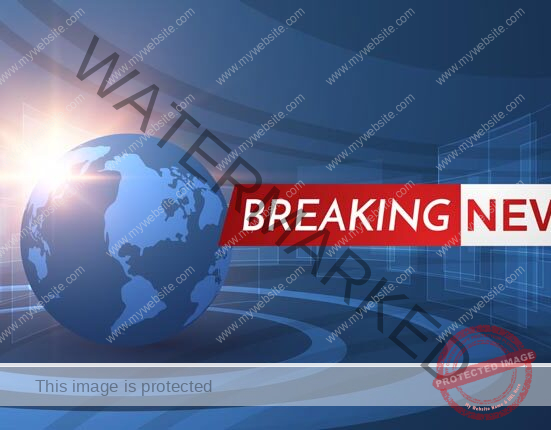

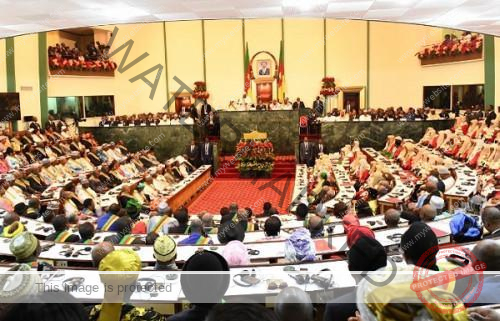
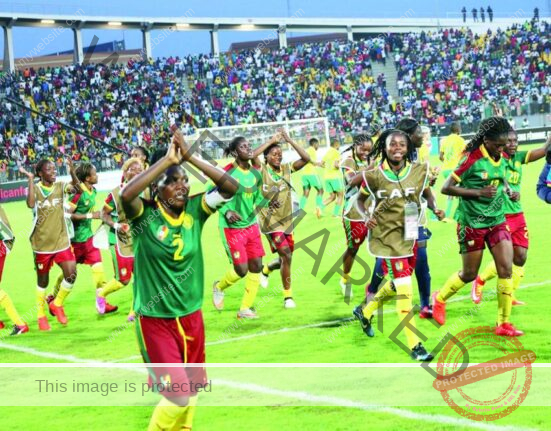





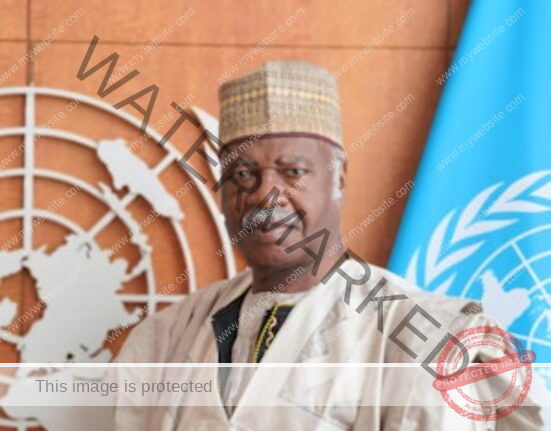
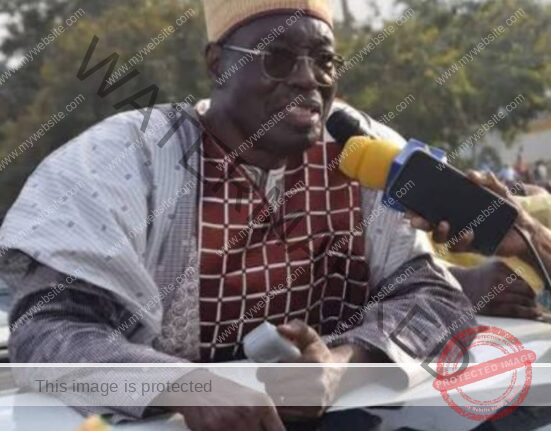
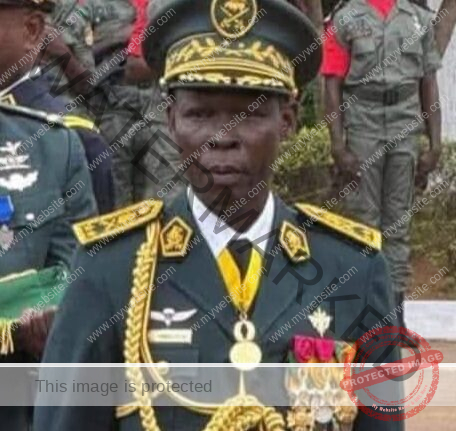
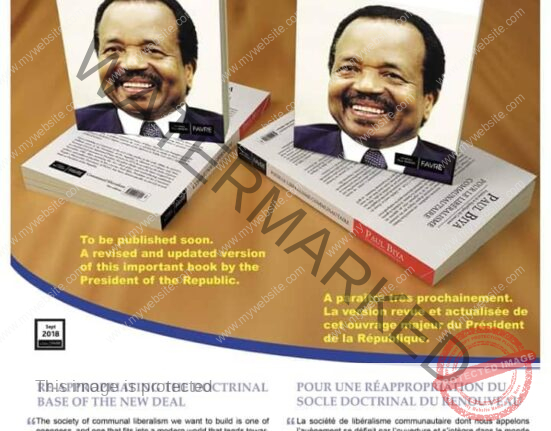
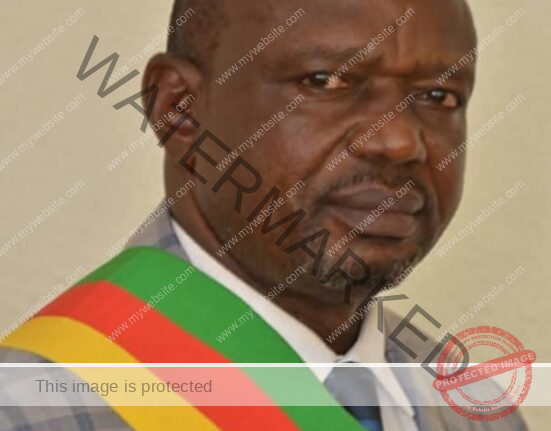
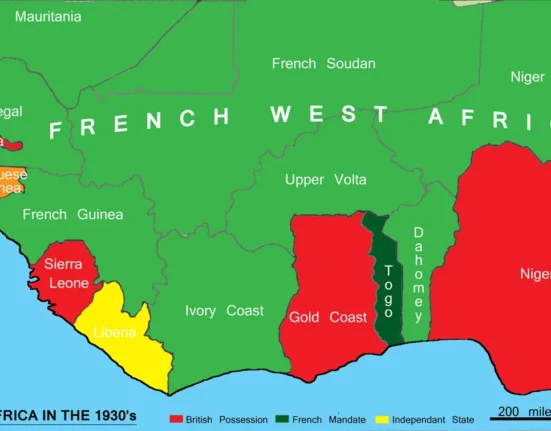

Leave feedback about this